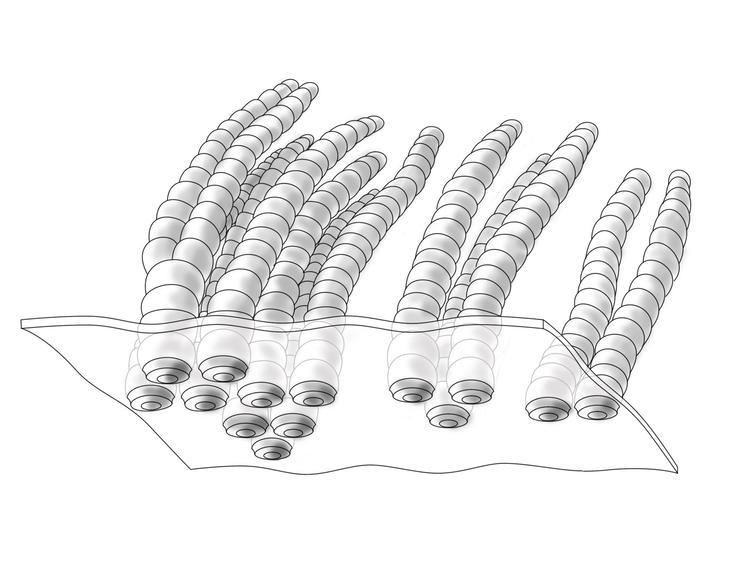Genus Funisia | Rank Species | |
 | ||
Similar Spriggina, Aspidella, Dickinsonia, Charniodiscus, Kimberella | ||
the evolution of life funisia dorothea
Funisia is a genus containing the single species F. dorothea, a fossil upright worm-like animal from the Ediacaran biota. Funisia stood about 0.3 metres tall. Because individuals grew in dense collections of animals the same age, it is believed to have reproduced sexually. Although the evolution of sex took place before the origin of animals, and evidence of sexual reproduction is observed in red algae 1,200 million years ago, Funisia is one of the oldest known animals for which there is evidence of sexual reproduction. Its relationship to other animals is unknown, but it may belong within the Porifera (sponges) or Cnidaria. The genus and species were described in a 2008 paper.
Contents
Etymology
The generic name Funisia is after the Latin "Rope", and is pronounced to rhyme with Tunisia, rather than the more fitting "fun is 'ere". The name dorothea is in honor of Dorothy Droser, the mother of Dr. Mary Droser, one of the scientists who studied the organism.
